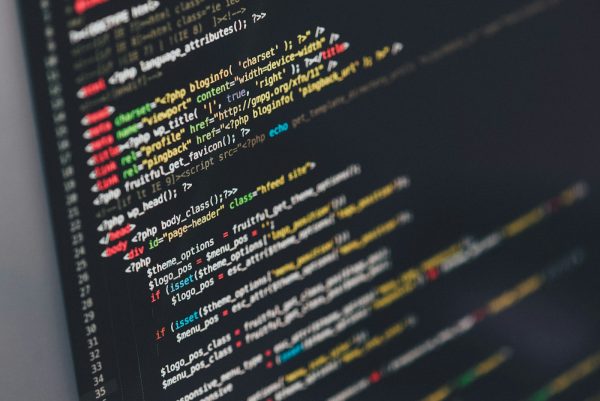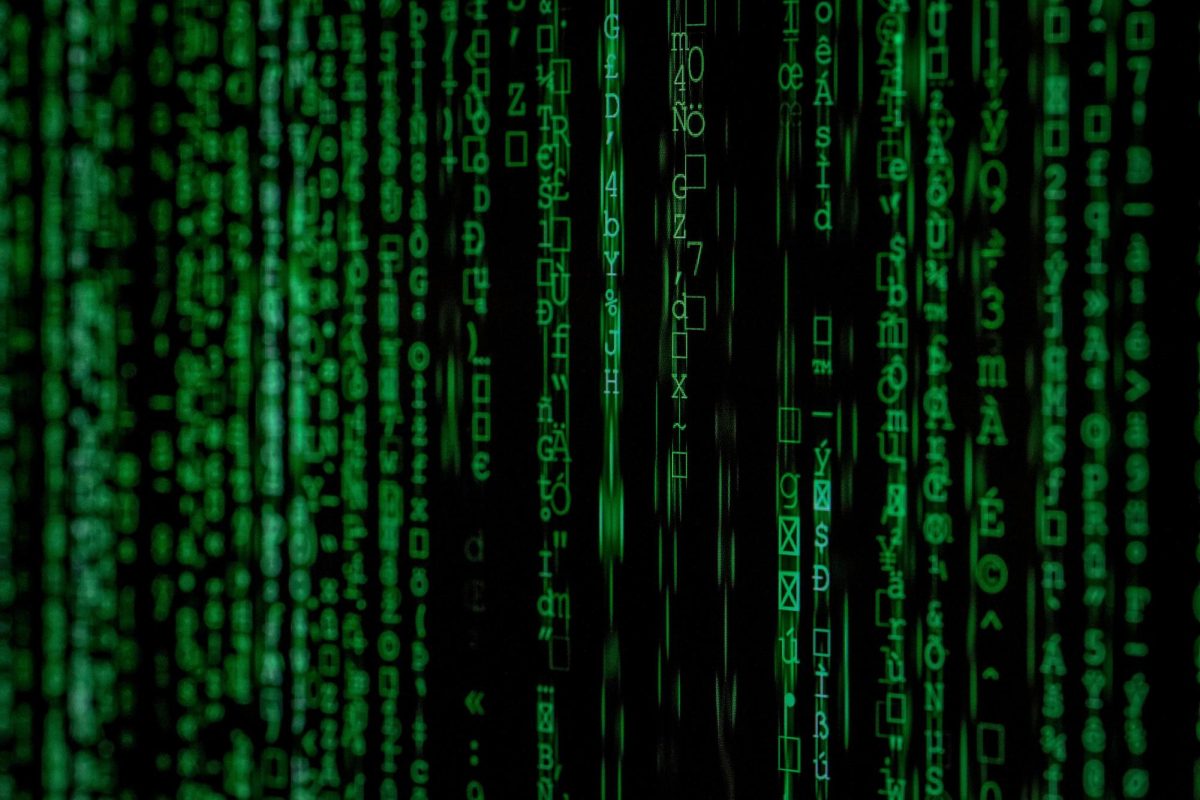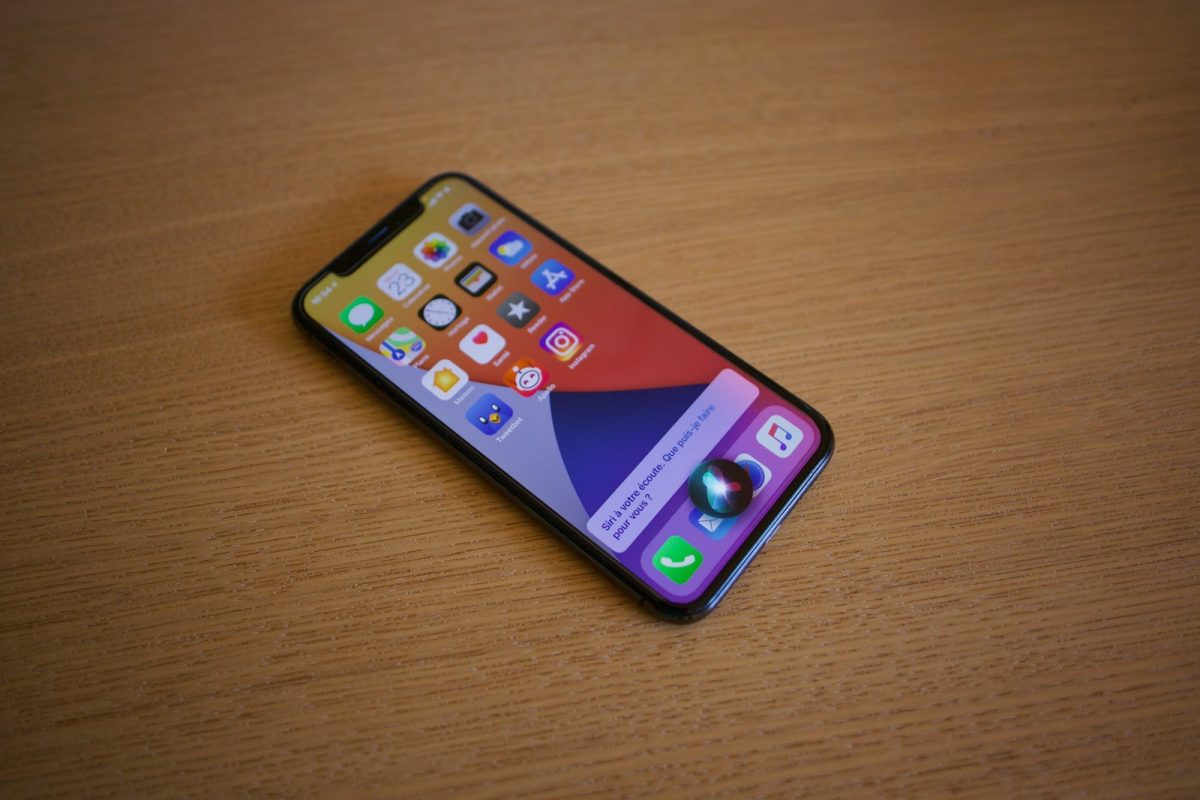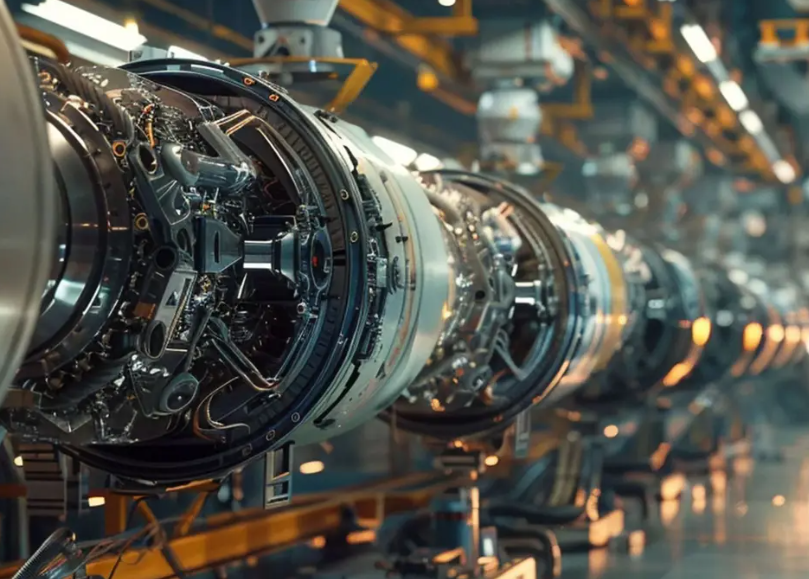In 1822 the first computer was invented by Charles Babbage but was not built until 1991. Then, in 1945, the ENIAC the first electronic general-purpose digital computer was created, and it filled a room. During the 19th century mechanical calculating machines were built to solve the complex math problems required at the time, and finally, in the 20th century computers became even more advanced than they were before, having larger screens, battery life and needing smaller spaces to place all of the wiring. Finally, around 1956 in a workshop on the campus of Dartmouth College the idea for AI was born, and many of those who attended at the time became the leaders of AI research for decades. So how did AI advance so far so fast, and become the powerful computing network that it is now?
Open AI is the San Francisco-based startup artificial intelligence research company, created mainly by Elon Musk and Sam Altman. It’s been backed by many well known investors, like Microsoft, which owns 49%. Open AI is the creator of the prominent ChatGPT, which has already proven itself to be able to ace most challenging exams that serve as gateways to careers in law and medicine. Other Large Language Models can create digital photos, drawings, and essays. ChatGPT is even capable of writing articles quickly on custom prompts, poems, and any topic as long as there is something similar on the web. So how is ChatGPT able to come up with so much information in such small amounts of time?
In reality, ChatGPT is just a large exercise in statistics, and though it can’t understand words, it can understand numbers. If you start with a prompt and you let ChatGPT finish a sentence, It will start by breaking down each word into a number, where each character is a token. ChatGPT-3 was able to process 2,048 tokens at a time, ChatGPT-4 can process 32,000 tokens. The tokens are then all given definitions, and ChatGPT makes connections between each word in the prompt, like how this verb affects this noun and so on. However, ChatGPT needs to learn these associations from the beginning, so it takes billions of different prompts to finally get it right most of the time. LLM only understands language in a statistical way, because it still can’t understand words and their definitions as humans do. After identifying what the prompt “means” ChatGPT answers by taking similar words and judging which one is most appropriate by the percentage that it has. The words that it chooses also depend on how much creativity the maker of the AI has decided to input, so it may not always be the word with the highest percentage.
AI is quickly learning how to surpass humans, and over the years, it has developed extraordinarily fast but there is still lots more to come. In this article we only just grazed the surface of Large Language Models, so make sure to click the links below if you want to learn more.
RELATED STORIES:
https://www.ibm.com/topics/large-language-models
https://ourworldindata.org/brief-history-of-ai
https://www.ibm.com/think/artificial-intelligence
TAKE ACTION:
- Take coding classes to learn more about programming
- Practice coding small machines at home, like an Ozobot for beginners.







